It wasn’t too terribly long ago that most believed we were on a short path to total electrification in the automotive market, and automakers – including Ford – were investing heavily in that area. However, after a short burst of strong demand for EVs, things have tapered off, and those investments have also slowed. Regardless, Ford has long maintained that it believes ICE engines will stick around for the foreseeable future – based on consumer trends and current technology – and that sentiment was recently echoed by the company’s Vice Chair, John Lawler.
“So, if you step back and you look at what’s happening across the industry, it’s the confluence of many different factors. And if you think about it, electrification has come in and changed the industry quite a bit. But the ICE tail is going to be much longer,” Lawler said at the 2025 AllianceBernstein Strategic Decisions Conference. “The development of multi-energy vehicles, that’s going to have a long tail. You’ve got distributed electrical architectures. You’ve got an intelligent connected vehicle. You have autonomous driving technology, all coming together at the same time, and all of that is going to require the OEMs to think about how you position yourself for success going forward, differently. Everybody can’t do all of that on their own.”
As Lawler mentions here, rather than a total transition to full electric power, Ford is exploring not only conventional hybrids, but also, extended range electric vehicles (EREVs). EREVs combine larger battery packs than what we see in pure EVs with a gas engine that acts as a power generator, which can kick in when that battery pack is depleted – giving one essentially the best of both worlds.
Ford CEO Jim Farley previously mentioned this type of option for larger SUVs and trucks – including the Ford Super Duty lineup – which makes sense given the fact that those types of larger, heavier vehicles often used for towing purposes aren’t a good match for all-electric powertrains at the moment. However, as Ford Authority previously reported, Ford EREVs are roughly two years away from becoming a reality.

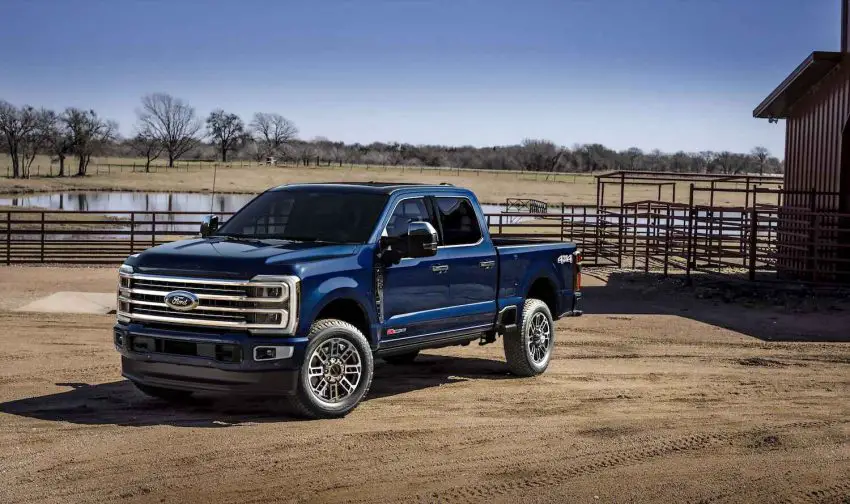
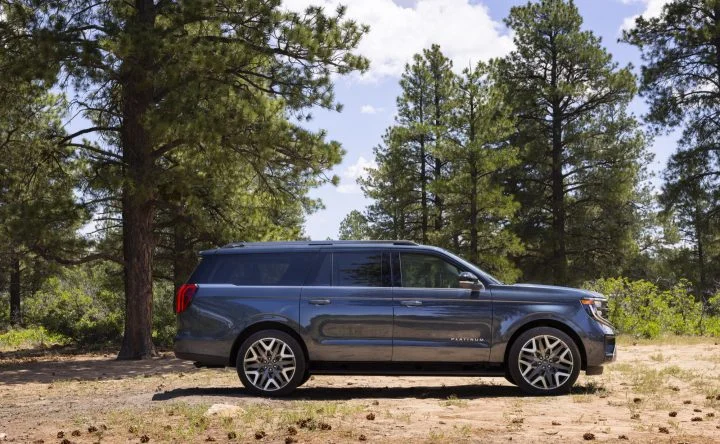
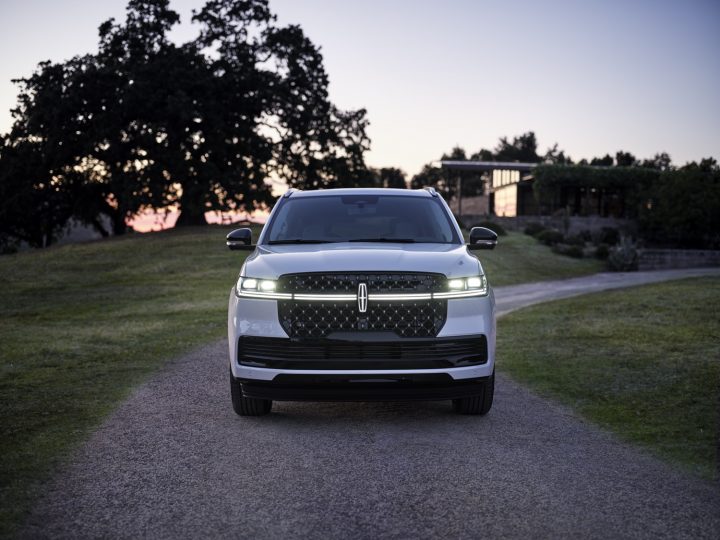
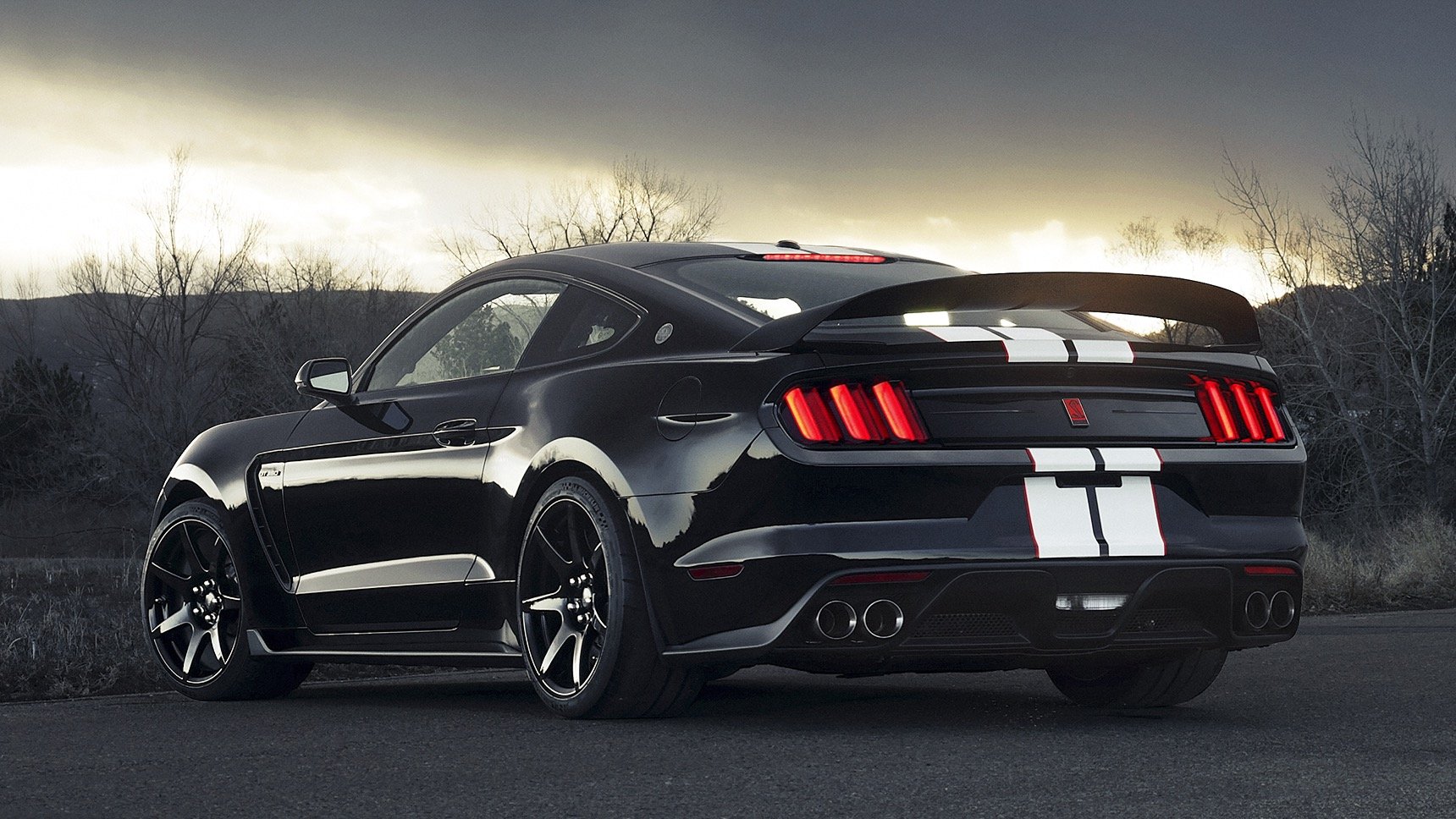
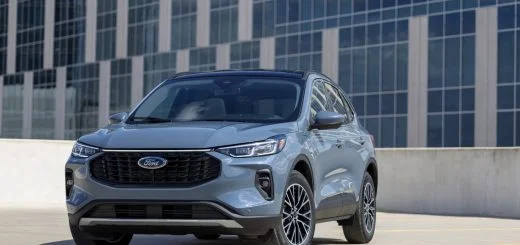


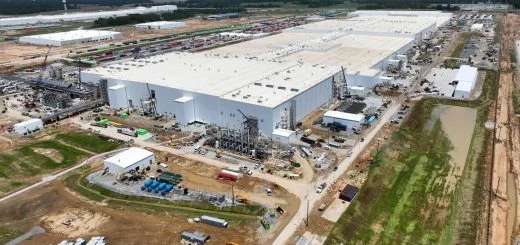



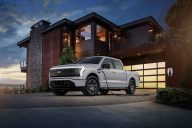

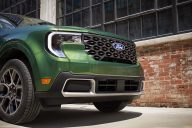


Comment
There are still 6.6 million horses in the USA. A technology doesn’t go totally obsolete, it always has some uses and aficionados. The rest of us are going to move on.